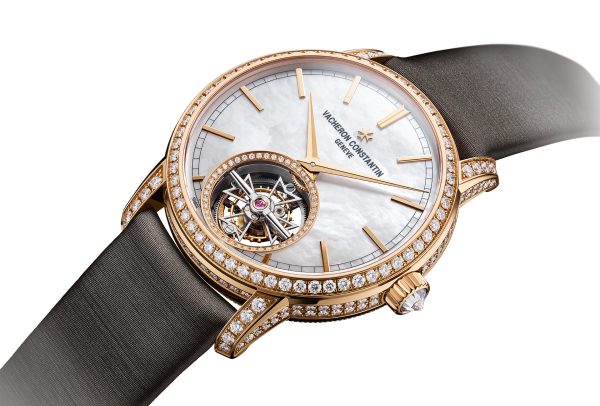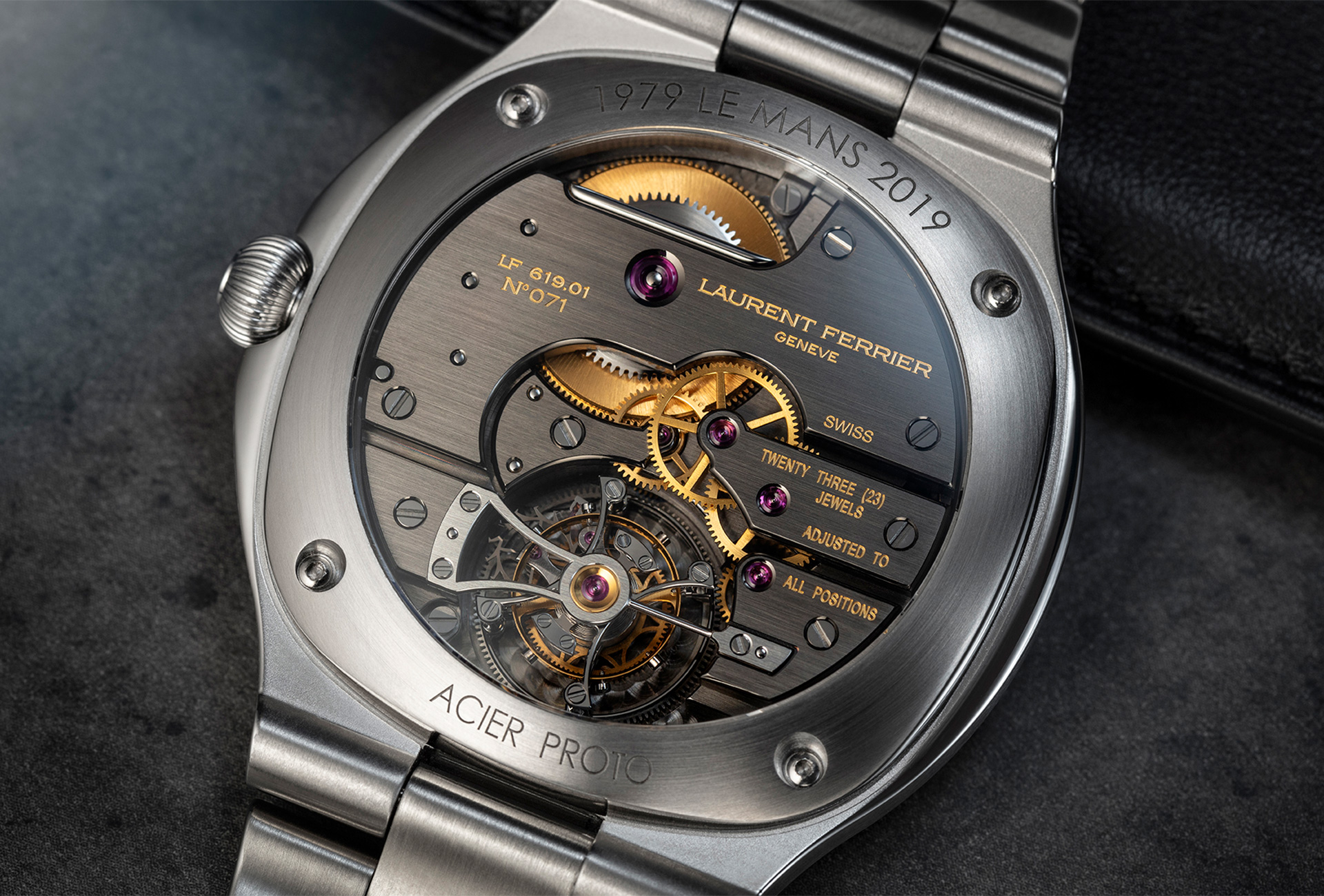When Abraham-Louis Breguet invented the tourbillon in the early nineteenth century, he did so in response to a problem that watchmakers refer to as “plat-pendu”, i.e. the difference in rate observed between a timepiece in a horizontal position and the same timepiece in a vertical position. This was a common issue in Breguet’s day when a gentleman would carry his watch in a pocket or rest it on a nightstand. Gravitational force affects the isochronism of the balance wheel and spring of the watch in a vertical position. Breguet resolved this by placing the balance and the escapement inside a cage that constantly rotates on its axis, creating a multitude of vertical positions that mutually compensate variations in rate.

Since then, the tourbillon has been probably one of the most ardently debated subjects in watchmaking circles, endlessly analysed, scrutinised, even called into question. From its usefulness in a wristwatch to its advantages over a carousel, from multi-axial constructions to peripheral mounting, discussions run the gamut. Adding grist to the mill, the twenty-first century’s first timing competition, the 2009 Concours International de Chronométrie – then still with just the two categories of “Individuals” and “Movement manufacturers and brands” – awarded first and second places to two Jaeger-LeCoultre watches, each with a tourbillon.
An exercise in style
For many years, only a handful of manufacturers possessed the expertise required to make a tourbillon. The revival of the mechanical watch changed all this as tourbillon regulators began popping up all over, becoming almost mainstream as industrial processes lowered the cost of their production. In its original vocation, which is to maintain timekeeping precision, the tourbillon can be considered redundant; instead it has become a show of bravura; an exercise in style which, very often, is no longer enough in itself. The watches presented at watchesandwonders.com are a perfect illustration.
In their explorations of the tourbillon, few brands today are content to offer only a “simple” version. Should they do so, some prefer the discretion of a mechanism hidden from public view. Laurent Ferrier, for example, has equipped the tourbillon in its Grand Sport with two reverse-fitted balance springs to neutralise the lateral movement of the balance axis. This mechanical wizardry is visible only through the caseback. In contrast, Cartier reveals all in the Pasha, which includes a skeletonised version powered by the manual-winding 9466 MC tourbillon movement. Speake-Marin, meanwhile, has chosen the unusual 1:30 position for the tourbillon in its One&Two Openworked, which implies the additional constraint of having to move the time-setting module. As for Vacheron Constantin, it sets out to conquer women watch wearers with its first ever automatic tourbillon for ladies, in the resolutely classic form of the Traditionnelle.
In search of the impossible
As a regulation complication, the tourbillon has continued to spark the imagination of watchmakers, never short on ideas. Roger Dubuis’ Excalibur Twofold is an excellent example. The twin flying tourbillons in its RD01SQ skeletonised movement are connected by a differential so as to average out their rates. This concept of a watch as kinetic art is shared by Rebellion Timepieces whose Weap-One Diamond offers a panoramic view of its asymmetrical flying tourbillon. The regulator, in its diamond cage, sits on a frame that is held on each side by plates rotating at different speeds. A combination of differentials compensates these variations to obtain a regular force. Another brand striving for the impossible is Purnell. Much of the space in its Escape II is taken up by a double Spherion, i.e. two tourbillons rotating on three axes at speeds of 8, 16 and 30 seconds, making this the fastest triple-axis tourbillon in the world.
The tourbillon, which isn't a complication in the strict sense, lends itself to all manner of mechanical combinations.
As well as offering vast possibilities in its own right, the tourbillon – which, purists will argue, is not a complication in the strict sense because it isn’t linked to a function – lends itself to all manner of mechanical combinations. It appears alongside a perpetual calendar, and even a chronograph with retrograde date, in IWC’s Portugieser collection. The same equation of tourbillon plus chronograph has inspired Vacheron Constantin in its Traditionnelle line. Roger Dubuis puts tourbillon and minute repeater together, while Panerai combines it with a GMT function for a skeletonised Submersible. And what of the “grandes complications” which for many would be inconceivable without a tourbillon? At Jaeger-LeCoultre, an orbital tourbillon on the Master Grande Tradition Grande Complication drives a star chart dial at the speed of one revolution in one sidereal day or 23 hours and 54 minutes. Civil time is punctuated by the sound of a minute repeater with cathedral chimes. This astronomical and musical configuration reappears on the one-of-a-kind Vacheron Constantin Les Cabinotiers Grande Complication – Tempo which achieves the feat of assembling 24 complications in the confines of a wristwatch. Double-sided, the front displays the time, the elapsed times measured by the split-seconds chronograph, and perpetual calendar indications. Astronomical functions are shown on the reverse, including solar time, equation of time, sunrise and sunset, day and night duration, and the age and phases of the moon. Not forgetting a minute repeater and what else but a tourbillon, the star turn of Watches & Wonders 2020.

























